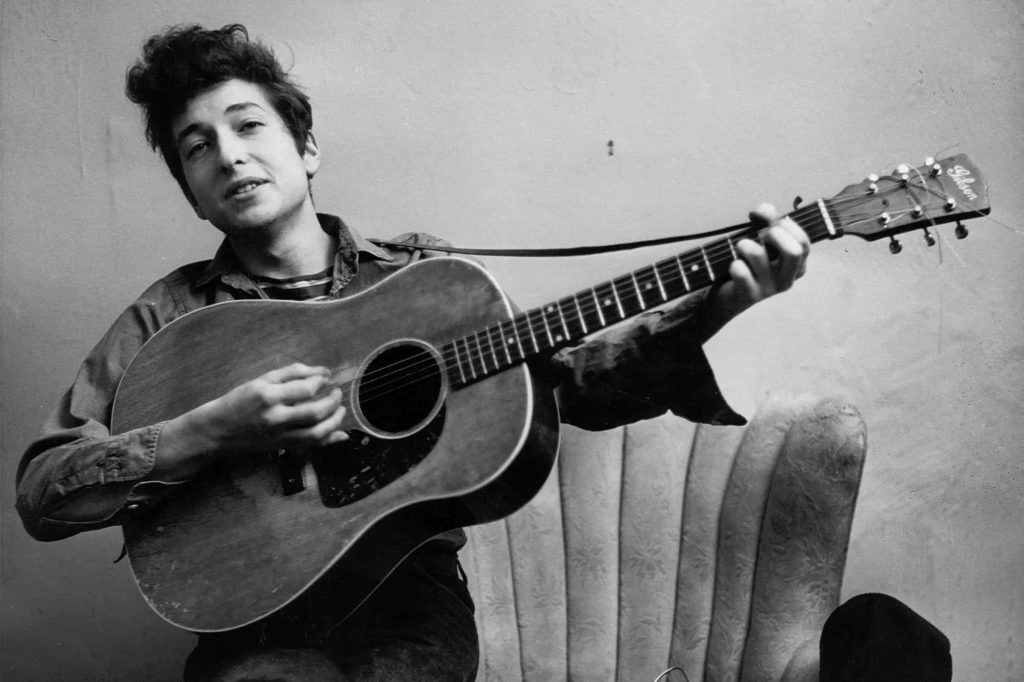
An Anthem of Shifting Sands and Youthful Idealism
The Times They Are a-Changin’ by Bob Dylan, released in the tumultuous year of 1964, served as a powerful and poetic declaration of a world undergoing profound transformation, urging listeners to acknowledge and embrace the winds of change. This iconic song, a staple of protest movements and a timeless reflection on societal evolution, reached number nine on the Billboard Hot 100 chart, solidifying its place as a significant cultural touchstone of the era.
The genesis of The Times They Are a-Changin’ lies within the fervent atmosphere of the early 1960s, a period marked by the burgeoning Civil Rights Movement, escalating tensions of the Cold War, and a palpable sense of generational awakening. Bob Dylan, a young voice emerging from the Greenwich Village folk scene, found himself increasingly drawn to the social and political currents swirling around him. Inspired by the traditional Scottish and Irish ballad “Come All Ye Fair and Tender Ladies,” Dylan sought to craft an anthem that would resonate with this spirit of upheaval and demand attention from those in positions of power. He aimed to write a song with a clear message, one that could serve as a rallying cry for change, much like the protest songs that had fueled earlier movements.
The lyrics of The Times They Are a-Changin’ are imbued with a sense of urgency and moral clarity. Dylan directly addresses various societal groups – senators, congressmen, mothers, fathers – imploring them to recognize the shifting landscape and heed the voices of the younger generation. Lines like “Come gather ’round people / Wherever you roam / And admit that the waters / Around you have grown” paint a vivid picture of a world on the cusp of irreversible change. The metaphor of rising waters suggests an impending tide of transformation that cannot be ignored. The repeated refrain, “For the times they are a-changin’,” acts as both a statement of fact and a call to action, emphasizing the inevitability of progress and the need for adaptation.
Beyond its immediate political connotations, the song also carries a broader message about the cyclical nature of history and the perennial struggle between the old guard and the forces of progress. Dylan’s youthful perspective, while firmly rooted in the specific concerns of the 1960s, speaks to a timeless dynamic. The song suggests that each generation must confront its own set of challenges and that the wisdom of the past is not always sufficient to navigate the complexities of the present and future. The line “The first one now / Will later be last / For the times they are a-changin'” hints at a reversal of fortunes, a potential upending of established hierarchies, driven by the momentum of societal transformation.
The Times They Are a-Changin’ was the title track of Dylan’s third studio album, also named The Times They Are a-Changin’, released in January 1964. This album further solidified Dylan’s reputation as a significant songwriter and a voice for social commentary. While some critics at the time viewed Dylan primarily as a protest singer, his work on this album, and particularly in this title track, showcased a poetic depth and a nuanced understanding of the human condition that transcended simple slogans. The song’s enduring appeal lies in its ability to speak to moments of transition and upheaval across different eras, reminding us that change is a constant and that each generation has a role to play in shaping the future. It remains a powerful testament to the idealism and the transformative spirit of the 1960s, a time when many believed that a better world was within reach, and a song that continues to resonate with those who recognize the ongoing need for progress and change.